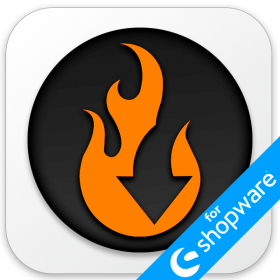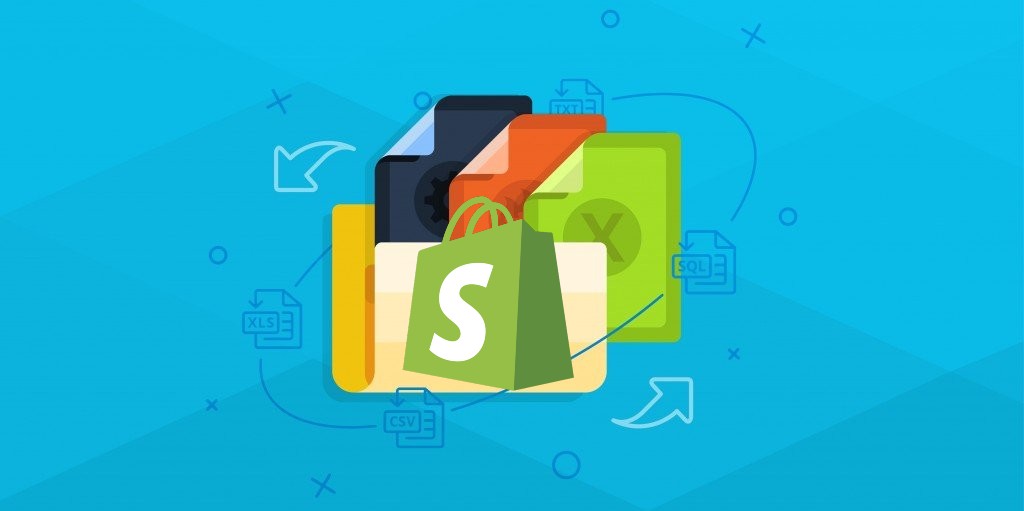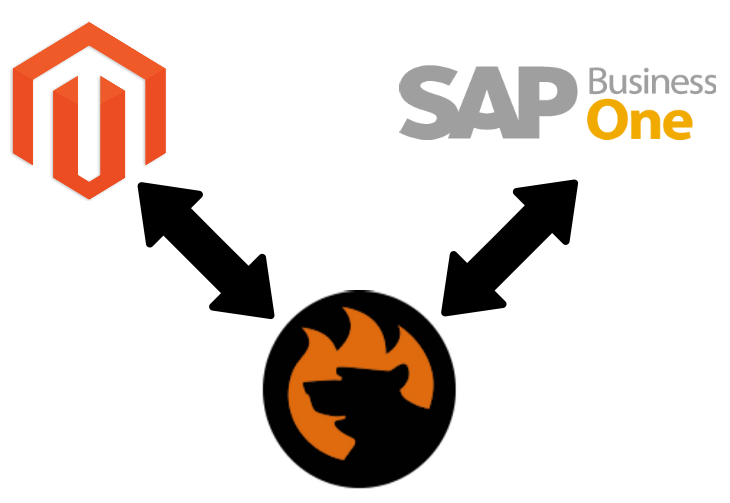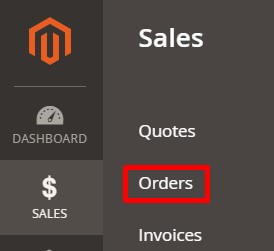How to Migrate Orders from Magento 1 to Magento 2: Complete Guide with Improved Import & Export
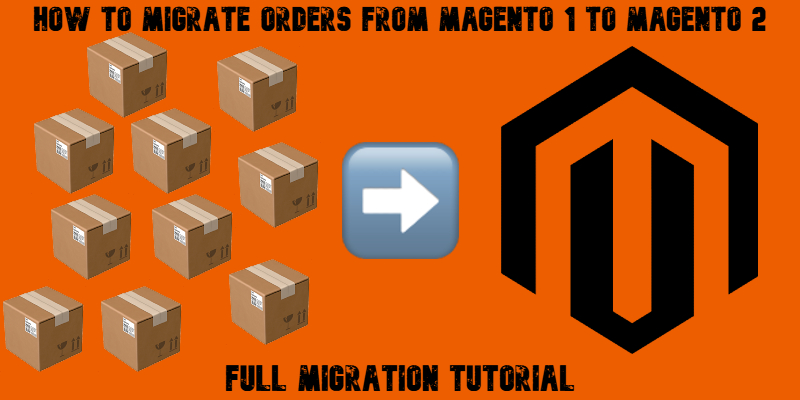
When you migrate orders from Magento 1 to Magento 2, you’re not just moving numbers from one table to another — you’re preserving the heart of your business. Order history is more than a list of past transactions. It’s your tax record, your proof of purchase for customers, your secret weapon in support tickets and refunds, and the foundation of your analytics.
Losing this data during a Magento 1 to Magento 2 migration isn’t just inconvenient — it can cause real damage. Think customer trust issues, broken loyalty programs, and messy tax audits. Your support team might be left guessing, your accountant scrambling, and your CRM looking more like a blank slate than a reliable resource.
That’s why order migration matters. It keeps your business running smoothly behind the scenes and ensures customers feel like nothing’s changed — except for a faster, better Magento 2 experience. In this guide, we’ll break down how to move your order data from Magento 1 to Magento 2: safely, cleanly, and without headaches. Make sure your migration doesn’t leave your order history behind. Your business depends on it. Continue Reading


